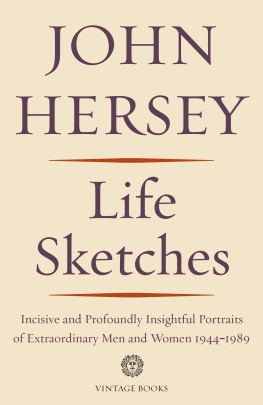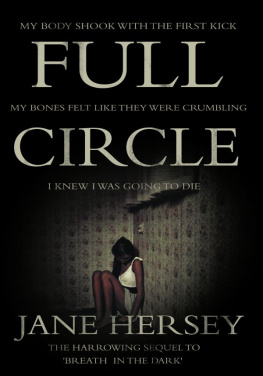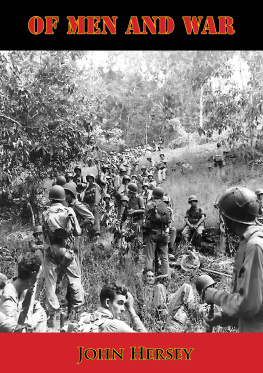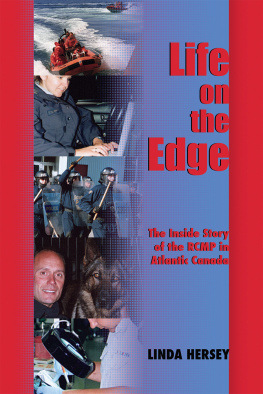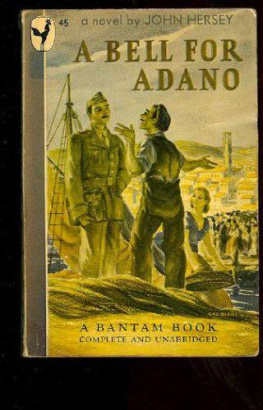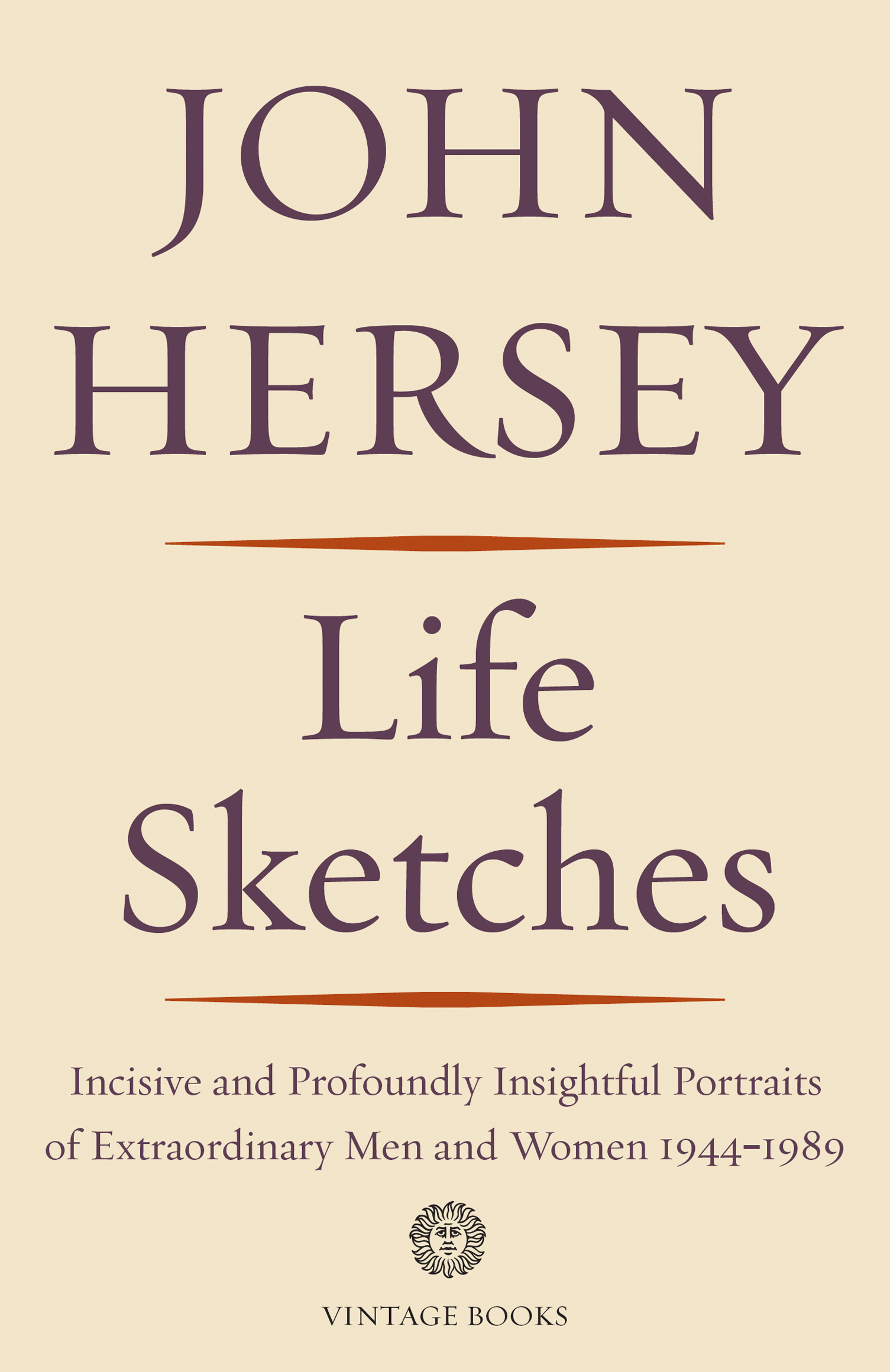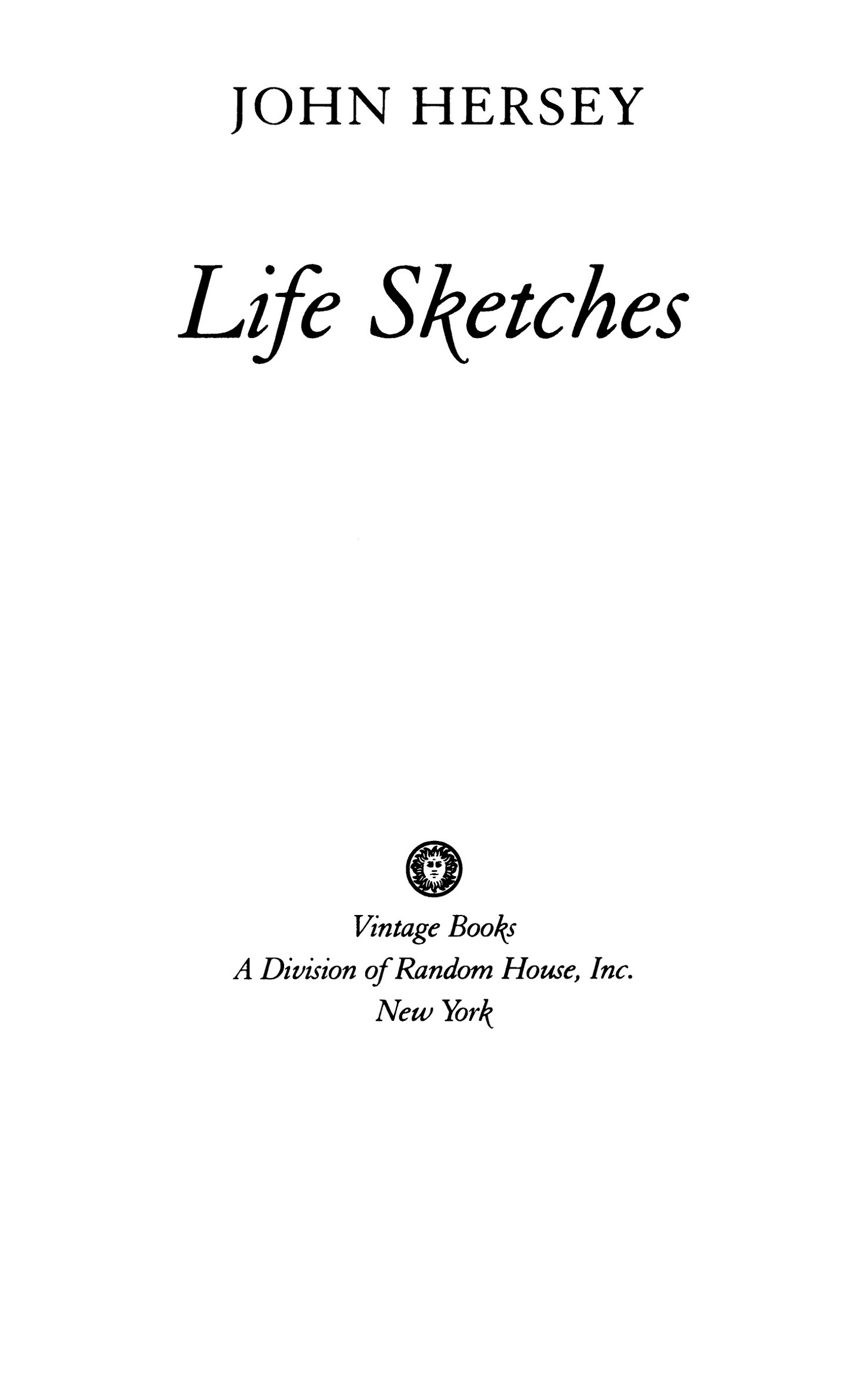A BOUT THE A UTHOR
John Hersey was born in Tientsin, China, in 1914 and lived there until 1925, when his family returned to the United States. He studied at Yale and Cambridge, served for a time as Sinclair Lewiss secretary, and then worked several years as a journalist. Beginning in 1947 he devoted his time mainly to writing fiction. He won the Pulitzer Prize, taught for two decades at Yale, and was president of the Authors League of America and Chancellor of the American Academy of Arts and Letters. John Hersey died in 1993.
BOOKS BY JOHN HERSEY
BLUES
THE CALL
THE WALNUT DOOR
THE PRESIDENT
MY PETITION FOR MORE SPACE
THE WRITERS CRAFT
THE CONSPIRACY
LETTER TO THE ALUMNI
THE ALGIERS MOTEL INCIDENT
UNDER THE EYE OF THE STORM
TOO FAR TO WALK
WHITE LOTUS
HERE TO STAY
THE CHILD BUYER
THE WAR LOVER
A SINGLE PEBBLE
THE MARMOT DRIVE
THE WALL
A BELL FOR ADANO
INTO THE VALLEY
F IRST V INTAGE B OOKS E DITION , F EBRUARY 1991
Copyright 1989 by John Hersey
All rights reserved under International and Pan-American Copyright Conventions. Published in the United States by Vintage Books, a division of Random House, Inc., New York, and simultaneously in Canada by Random House of Canada Limited, Toronto. Originally published in hardcover by Alfred A. Knopf, Inc., New York in 1989.
Owing to limitations of space, acknowledgments to reprint previously published material may be found on .
Library of Congress Cataloging-in-Publication Data
Hersey, John, 1914
Life sketches / John Hersey.1st Vintage Books ed.
p. cm.
Reprint. Originally published: New York: Knopf, 1989.
ISBN 0-679-73196-2
1. Biography20th century. 2. United StatesBiography.
I. Title.
[CT120.H435 1991]
920.073dc20
[B] 90-50193
CIP
Ebook ISBN9780593081037
v5.4
a
To William Shawn
Contents
Note
Harold Ross accosted me in a corridor of the nineteenth floor of The New Yorkers offices, one afternoon in 1946, during a week when he and William Shawn were editing what I had written about six survivors of the first atomic bomb at Hiroshima. On the final page proof at the end of the process, when the magazine was just about to go to press, one of us, I cant remember who, had discovered a misprint of the mischievous sort that tucks itself plausibly into its context and so hides away from the most alert proofreader. Misprints! Ross exclaimed in his wild, half-shouting way. Let me tell you a story about a misprint.
Ross, the founding editor of The New Yorker, was an odd-looking specimen. It seemed peculiar that the editor of a sophisticated city-slicker magazinea man who, late at night, was always given the most lite table in the back room at the Stork Club, then the smartest night spot in townshould look like such a hayseed, an absolute rube. He had a wide countrymans mouth, his complexion was as coarse as the face of the moon, and he wore the hair on his biggish head cropped to about two inches in length, so it stood up in all directions. He gawked at pretty girls and shouted commonplaces to his friends. Never mind. He edited with a very keen pencil and an even keener mind. The magazine always put a piece it had bought quickly into galleys, I suppose so that its editors could measure it against New Yorker standards as soon as possible, and Harold Rosss way of editing was to write questions in the margins. I once counted more than fifty questions alongside an early galley of a piece of mine. Sometimes they were interrogatory howls of outrage. On the first galley of the tale about John Kennedy in this book, I had put it that toward the end of his ordeal Kennedy, encountering some natives, had given them a coconut, on which he wrote a message. With what, for Gods sake? Rosss note asked. Blood? He demanded clarity and exactitude. In the Hiroshima piece, I had written of lopsided bicycles near the epicenter of the explosion. Ross asked, impelling a change, Can something that is two-dimensional be lopsided?
He said, that afternoon in the corridor, that he had hated misprints ever since an early issue of The New Yorker, but he had learned, in that green issue, to be humble in his contest with them. It seems that the magazine had bought for that issue an article by S. J. Perelman about the habits and manners of New York theater audiences. Those audiences, Perelman had written, would laugh at the drop of a ha on the stage. Ross could see bad trouble ahead. On the very first galley he wrote in big letters: THIS IS PERELMANS JOKE. DO NOT CHANGE TO HAT. Through galley after revised galley Ross nursed this line unchanged. He grew obsessed by that ha. It became so important to him that when the magazine was finally to be run off, he actually climbed into the press, looked up at one of the rollers for the right pagehe told me he had learned in his newspaper days to read cold type in its upside-down and backward stateand saw, to his relief, ha. Not quite satisfied, he assembled the printers and told them that they must not, under any circumstances, change that word. He went happily home and slept soundly all night.
In the morning, he went to the office, opened the magazine to the Perelman piece, and saw hat. Then he realized that he had lectured the printers at eleven-forty-five. At midnight, a new shift had come on. A zealous artisan had seen the obvious error, stopped the presses, and made the change.
I retell this story of Rosss because I have cherished it all my life as a lesson. His story was a fable, the moral of which is: a writer, even more than an editor, should care so passionately about every word he uses that he will be willing to risk his life by climbing into a press at the last moment to make sure the words on the roller are the ones he has chosenbut, alas, he must also know that there is no way in the world for him to produce a work that is perfect in every word. He will, at some point, as Ross did, forget what time it is in all the hours of making. This lesson stands in my mind alongside the terrifying first sentence of Joseph Conrads preface to The Nigger of the Narcissus: A work that aspires, however humbly, to the condition of art should carry its justification in every line. (The emphasis, God help me, is mine.) In the face of such an admonition, I feel, often, as if I am making my life sketches not with a fine pen or a sharp pencil but with a thickish piece of charcoal. The best I can hope for is that the smudged and blurred lines will lie on the page in such ways as to hint at, even if they cannot really represent, the amazingly clear pictures that I believe I have seen in my mind.
The dates of publication of the life sketches in this book are given at the foot of each title page. The pieces are not presented, however, in the chronology of their coming out in print. They appear, instead, roughly in the order in which I happened to encounter the people who are pictured. In several cases, the subjects were alive when I wrote the pieces but are not now. I have thought it best, nevertheless, to leave the texts, including the tenses of the verbs, just as they were when I wrote them.
George Van Santvoord

